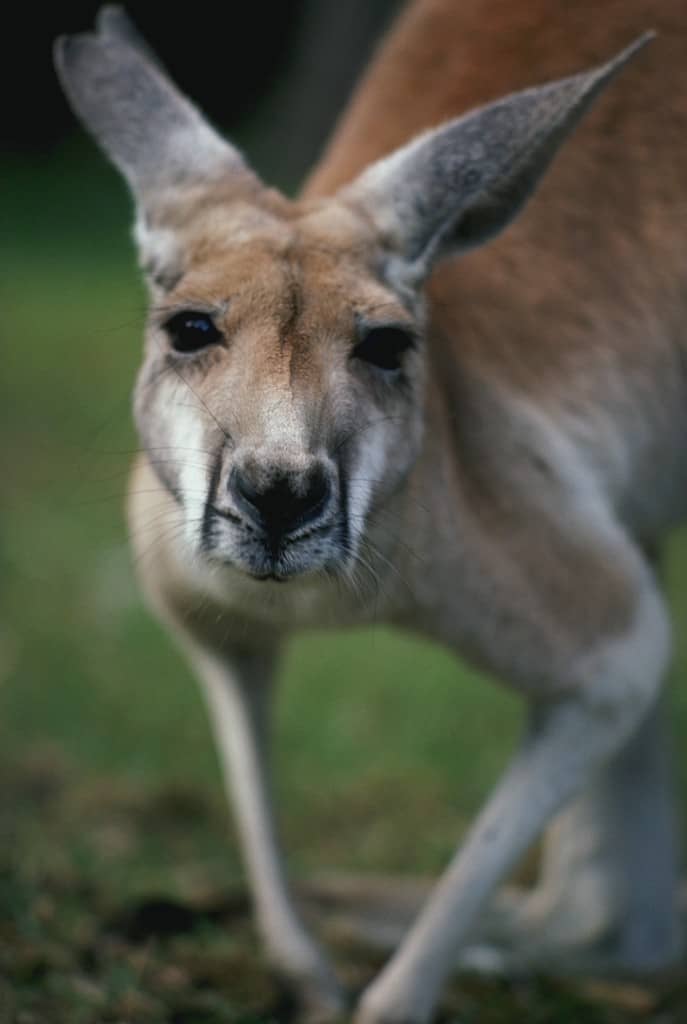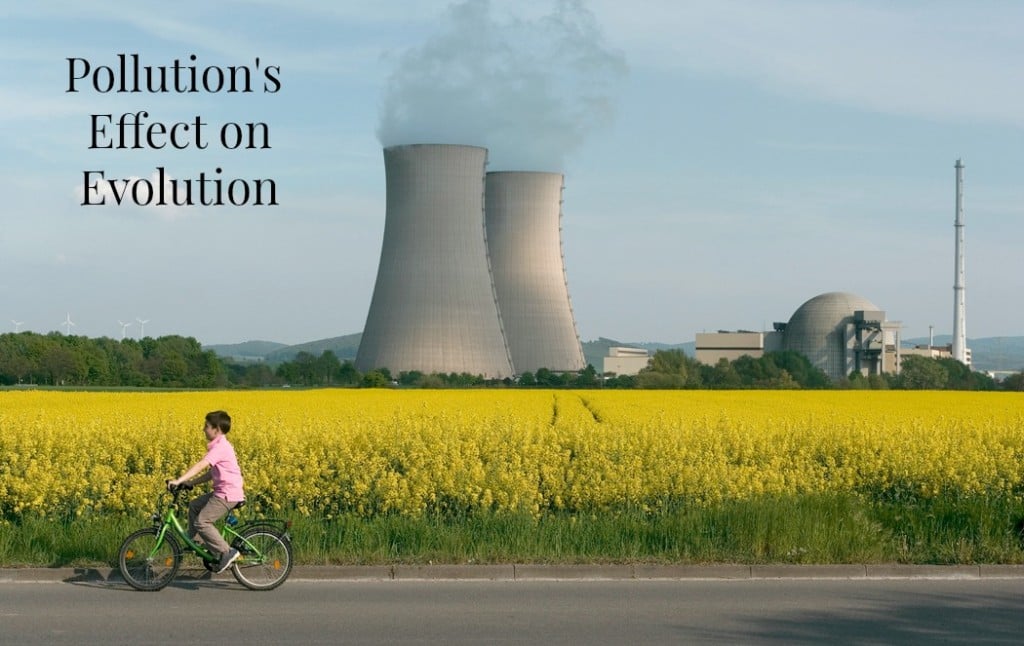Last summer my husband and I took our kids to Maryland and spent some time fossil hunting along the shores of the Chesapeake Bay. The Calvert Cliffs area is well known for it’s extensive number of fossils and while we didn’t find anything HUGE (much to my son’s disappointment) we did find several fossilized shark teeth and even a vertebrae of some sort. Fossil hunting may not be everyone’s idea of a fun time but we really enjoyed ourselves. Yes, the clay shores of the cliffs were slightly slimy, very wet, and reeked of dead fish…isn’t that every girl’s dream vacation? We are trying to see as many natural sites with our kids as we can before pollution destroys them all!
Think About This Thursday
Posts feature partner companies & may be sponsored. Post contains affiliate links & I will be compensated if you make a purchase after clicking on links. As an Amazon Associate I earn from qualifying purchases.

Posts feature partner companies & may be sponsored. Post contains affiliate links & I will be compensated if you make a purchase after clicking on links. As an Amazon Associate I earn from qualifying purchases.
If this type of trip sounds exciting, you may be part of a new wave of vacationer called Evotourists. I just finished reading an article in the January issue of Smithsonian magazine that discusses the top 10 places to check out on your evolutionary world tour. Maybe you want to study the evolution of the three branches of mammals that all coexist on Kangaroo Island off the coast of Australia. Or maybe you want to learn more about how whales evolved to lose their feet. (yes, according to fossil evidence, whales really did have legs and feet at one time!) I encourage you to read through the article on the Smithsonian site, there are a ton of awesome examples of evolution just waiting for your next summer vacation!
While evolution may be more obvious when you look back millions of years, it is actually occurring every single day right here in the present. By definition, evolution is: any change across successive generations in the heritable characteristics of biological populations. Basically, it is any genetic change that is passed on through parent to child. What causes those genetic changes? Pressure on the organism from the environment it lives in. What is one of today’s greatest pressures on an organism from it’s environment? POLLUTION!
What if the Primordial Sea was a Puddle of Pollution?

✯Don’t want to miss the next post?✯
Follow Turning the Clock Back on Facebook | Twitter | Pinterest
Or join the private Facebook group for simple tips on going green!
Think About This: Today, 25 years after the worst nuclear meltdown in history at Chernobyl, there are approximately 100 species currently listed on the IUCN Red List of threatened species that are now found in the evacuated zone, which covers more than 4,000 square kilometers. The ecosystems surrounding Chernobyl are bouncing back. Why? Because the animals that were severely mutated from radiation exposure died off, leaving behind those that were strong enough to adapt. Those that survived the radiation will live to pass that adaptation on to their young. In this area, there are examples of trees turning from green to red and mice with a greater resistance to cancer than average mice. All of this due to a disastrous amount of pollution leaked into the environment.
Chernobyl is just one extreme example of an adaptation to pollution. There are also scientific studies that show a tiny fish called the mummichog adapting to polluted, murky water. When captured and raised in clean water, their survival rate is extremely low. Their survival now depends on the presence of pollution.
Fungus are adapting around Chernobyl to convert radiation into a food source, some fish in the Hudson River are resistant to PCB’s, insects are becoming resistant to insecticides and plants are growing into superweeds.
Humans are driving evolution with the pollution they create. Changes that may have taken thousands of years to occur in the past may only take 50 years today. I like to think human’s adaptation to pollution will ensure our survival as a species but unfortunately, humans are actually very slow to make this type of change. The human population surrounding the Chernobyl site is not adapting anywhere near as well as the animal species.
I have to wonder what sort of creatures we would have evolved into had the Primordial Sea been filled with the gasoline runofff and prescription drug contamination that our waters contain today. And will the Evotourists of the future look back on us with the awe that we have for Darwin’s study of the Galapagos Islands?
What if the Primordial Sea was a Puddle of Pollution? What sort of world would we be living in right now?

Diane is a professional blogger and nationally certified pharmacy technician at Good Pill Pharmacy. She earned her BS in Microbiology at the University of New Hampshire and has worked in cancer research, academics, and biotechnology. Concern over the growing incidence of human disease and the birth of her children led her to begin living a more natural life. She quickly realized that the information she was learning along the way could be beneficial to many others and started blogging and freelance writing to share this knowledge with others. Learn more about her HERE.

The part about Chernobyl was so interesting—from turning the clock back’s son
COOL!!!!!!!!!!!!!!!!!!!!—from turning the clock back’s daughter
i love your eco and green posts. i really do. they always get me thinking…
I agree that pollution is destroying our world. What happened in Chernobyl was just awful. You would watch the movie Radioactive Wolves. You’d enjoy it.
That is really very interesting…it got me thinking…we might have had some super scary species to deal with! I never knew that about Chernobyl – I learn something new everyday – THANKS!
I had never heard of Evotourism before. What an interesting concept!